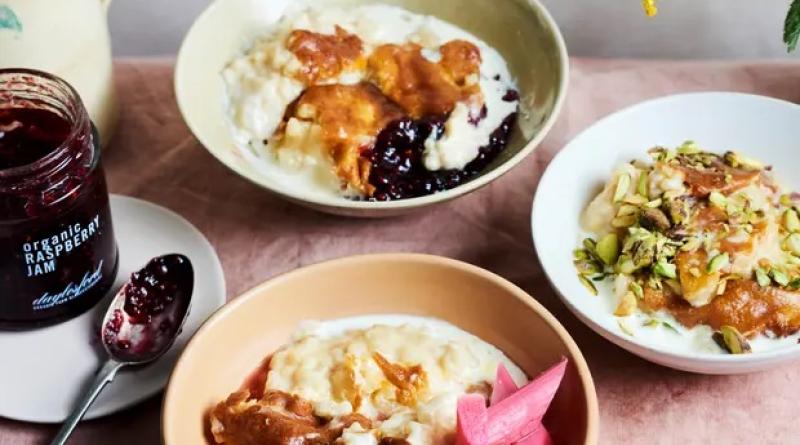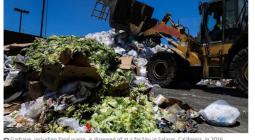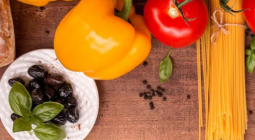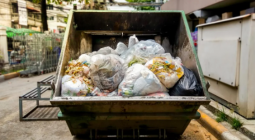Freeze sliced bread and fry banana skins: Max La Manna’s quick guide to reducing food waste

What would you do with an extra £730? That’s the amount the average UK household wastes each year, by throwing away untouched or unopened food, according to the waste and sustainability charity Wrap. That’s a staggering 2m tonnes and the equivalent of roughly one in every three bags of groceries we bring into our homes. Food waste is not only bad for our pockets, it’s bad for the environment, too: 36m tonnes of greenhouse gas emissions could be saved if we stopped throwing it into landfill. Storing ingredients properly to keep them fresher for longer, planning mealtimes and getting creative with leftovers are three simple ways with which we can reduce our food-waste footprint. Let’s start with the UK’s five most-wasted ingredients.
Bread We chuck out about 20m slices of bread every day. I always store half my fresh loaves in the freezer, sliced and wrapped tightly. Revive a stale loaf by sprinkling with a little water, placing on a lined baking sheet and into a low oven for a few minutes (or in the microwave in 30-second blasts). Alternatively, turn it into breadcrumbs (or do like the Italians and make pangrattato), use to thicken soups, such as pappa al pomodoro (Tuscan bread and tomato soup), ribollita and gazpacho, or use instead of pine nuts in a pesto; they’re the secret to thicker sauces, too.
Leafy greens Some 40% of all bagged salad gets thrown away. To extend its shelf life, wash, pat dry and store half in a sealed container with a sheet of kitchen roll. Blanch the other half, squeeze out the excess water, wrap in a bag and freeze for stews, curries and stir-fries. Or blitz leafy greens with a splash of milk for smoothies, pancake batter or in sweet and savoury bakes such as muffins or chocolate cake – this is a great way to sneak a few extra greens into meals, and you won’t even taste them. You can also freeze blitzed greens in ice-cube trays.
Bananas Whip overripe bananas into cake batters, muffins or pancakes (they add natural sweetness and act as a thickener), or chop and freeze for smoothies and “nice cream” (AKA peeled and blitzed frozen banana). If they’re organic, you can eat the skins, too. I make a mean BLT (banana peel, lettuce and tomato sandwich) with them: shred the peel with a fork, then marinate in two tablespoons of soy sauce, two teaspoons of brown sugar, a teaspoon of smoked paprika, a dash of liquid smoke and a pinch of garlic powder for 15 minutes. Fry until crisp, then coat with the remaining marinade, or bake for 15 minutes at 190C (170C fan)/375F/gas 5, turning halfway.
Potatoes More than 4.4m potatoes are binned in the UK every day. If they start to sprout, cut them out and the potatoes will be fine to eat – but if they start turning green, it’s time to compost. Store them in a cool, dry, well-ventilated cupboard, covered in newspaper and away from heat sources such as the oven or fridge. Looking for a fun way to eat leftover roasties? Pop them in a waffle maker, and you’ll have mini potato waffles in minutes.
Milk Every day, 3.1 million glasses’ worth of milk get poured down the sink. Freeze in ice-cube trays to add to sauces (bechamel, garlic cream, alfredo or for mac and cheese). Or make panna cotta, baked rice pudding, batter for French toast or custard.
cover photo: A proper rice pudding is a wonderful way to use up excess milk. Photograph: Issy Croker/The Guardian. Food styling: Kitty Coles. Prop styling: Jemima Hetherington and Kitty Coles. Food assistant: Jo Jackson. Photo assistant: Liam Desbois.





